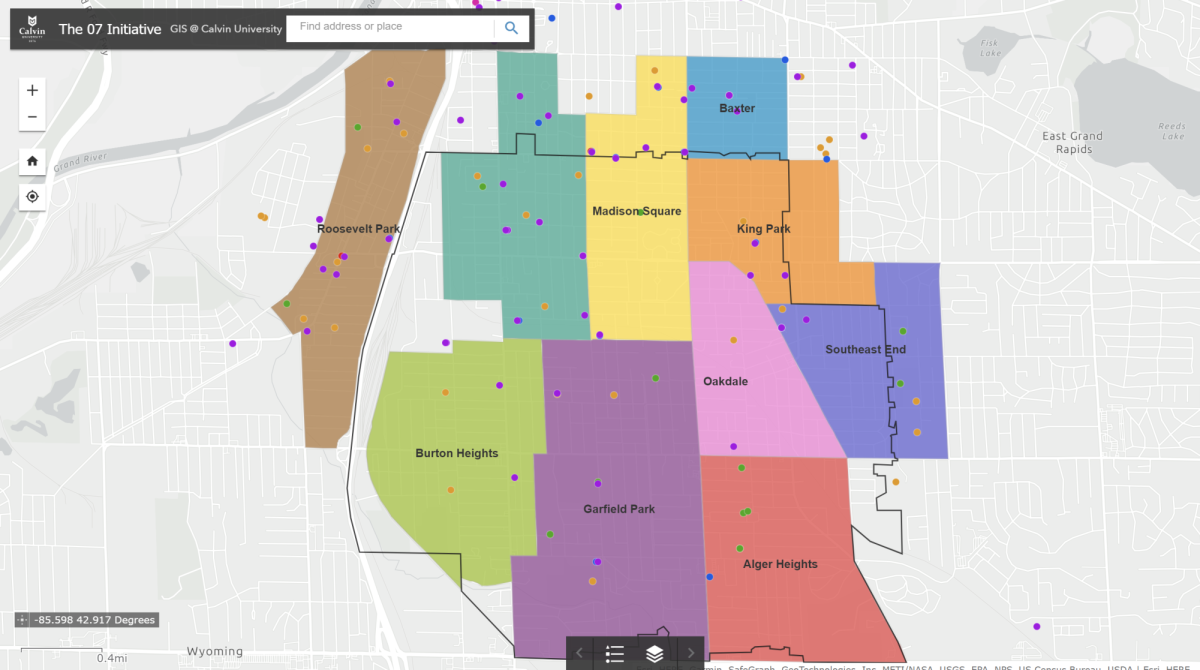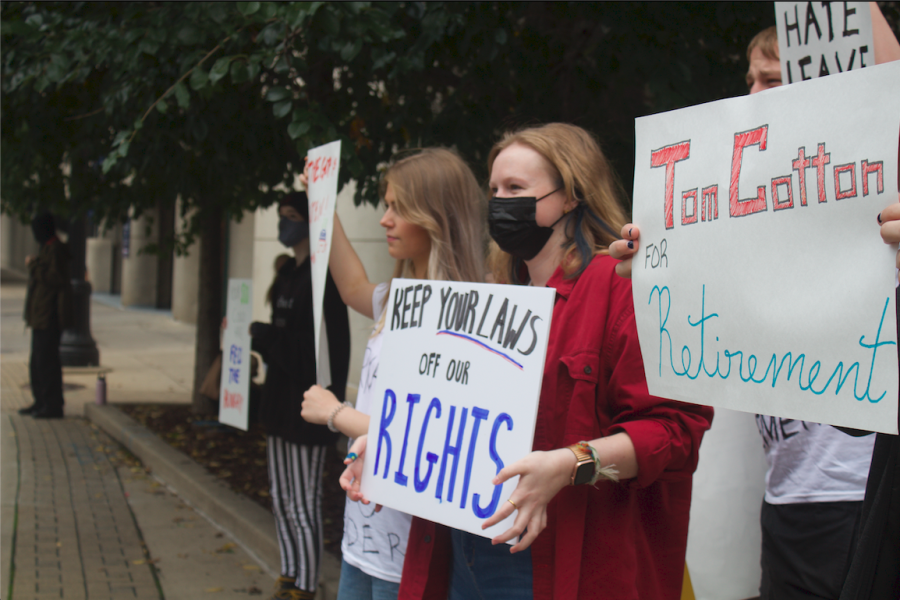This week is “Hunger Action Week,” an effort hosted by various Grand Rapids organizations to tackle the problem of food insecurity in the city. Members of Congress also returned to Washington this week after an August recess to continue a partisan debate on determining funding for the Supplemental Nutrition Assistance Program (SNAP).
SNAP is a federal initiative that provides food-related assistance to economically challenged households, and replaced conventional “food stamps.” Participants of SNAP are issued a debit card that receives a monthly sum that is adjusted according to the household income. Feeding America, a hunger-relief charity, notes that, according to the U.S. Department of Agriculture, Food and Nutrition Service, the “average monthly SNAP benefit per person is $133.85, or less than $1.50 per person, per meal.”
According to SNAP’s latest figures, 47 million people nationwide participated in the program in June. The figures have held at these levels since the 2008 economic recession.
Despite the large number of Americans who are participating in the program, there is a partisan divide over SNAP funding. The funding has become not only a separate issue but also a separate bill on the House and Senate floors since it was removed from the July 2013 Farm Bill. For decades, SNAP had been a part of the Farm Bill, which controls food prices by allocating federal food subsidies. In July, the Farm Bill passed in the Republican-controlled House without a single Democratic vote.
SNAP funding, left off the bill, is now a major issue in Congress, as the present SNAP program ends on September 30.
Proponents of SNAP funding cuts have pointed to the recent decrease in unemployment rates as suggesting that in the future there will likely be reduced participation in SNAP. SNAP is a primary form of direct federal response to economic downturn, just behind unemployment insurance.
The Congressional Budget Office predicts that 2019 figures of SNAP participation and cost will go down to the 1990s level. Republican members of Congress have therefore proposed downsizing the program by $40 billion over the next 10 years.
Democrats, who control the Senate, have staunchly opposed this measure, promising to block any budget cuts to SNAP that come to the Senate floor.
The Center on Budget and Policy Priorities, a nonpartisan research and policy institute, has recently issued a report that also condemns the budget cut.
Using figures from the Department of Labor, the report concludes that “the number of unemployed workers has fallen, but the number receiving unemployment benefits has fallen faster, which means the number of unemployed workers without benefits has risen.” This is the reason unemployment rates are going down while SNAP participation has been growing.
In the same June report, 1.7 million people in Michigan used SNAP. This figure corresponds with data from the U.S. Department of Agriculture Economic Research Service’s annual report, brought to attention by Michigan’s Center for Civil Justice, which reports that a staggering 13.4 percent of Michigan households have faced food insecurity between 2010 and 2012.
Therefore, the outcome of the SNAP funding debate will have a particularly significant effect on many residents of the state of Michigan. According to the Michigan Department of Technology, Management and Budget, the state’s unemployment rate in July 2013 was 8.8 percent, which is higher than the national rate of 7.4 percent.
The state’s number of persons below the poverty level is also above the national average. The U.S. Census Bureau’s 2010 report calculates Michigan’s figure at 15.7 percent and the national average at 14.3 percent.
In Grand Rapids alone, residents with income below the poverty level in 2009 was at 30.7 percent. Matt Vande Bunte of MLive, citing a book released by the Brookings Institute — a think tank in Washington, D.C., points out that the metropolitan area had a poverty rate of 26.8 percent in 2011.
The book, titled “Confronting Suburban Poverty in America,” also shows that the growth rate in poverty levels in the suburb was a staggering 87.8 percent between 2000 and 2011.
Following the awareness-raising campaign “Hunger Action Week,” Feeding America West Michigan is hosting the “Million Meal March” on September 28. Residents of Grand Rapids are invited to Comstock Park to participate in a 10 kilometer fundraising walk on the White Pine Trail. The effort aims to “send 1 million meals to food-insecure families in West Michigan and the Upper Peninsula.”
Feeding America reports that roughly 316,000 people in counties around Grand Rapids are food-insecure and a 100 dollar donation, they claim, will fund 400 meals for these people.









